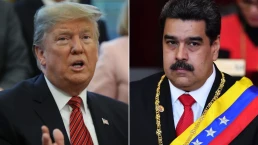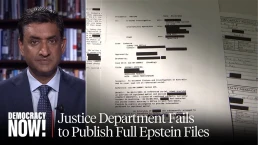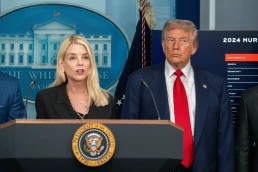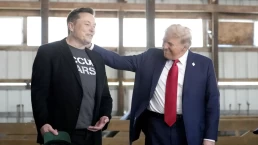Trump isn’t reviving the coal industry to help people in places like West Virginia. But protecting federal clean energy investments would.
By Jus Tavcar, The Progressive
On April 8, President Donald Trump signed a flurry of executive orders calling for the nation to expand the mining and burning of coal, one of the dirtiest fossil fuels. It was all part of a larger effort on the President’s part to “unleash America’s energy.”
The President has also tried to freeze clean energy investments that were passed through the Biden Administration’s Inflation Reduction Act. But Judge John McConnell of the U.S. District Court of Rhode Island issued a preliminary injunction against that effort, noting in his decision that the executive branch does not have the power to block spending approved by Congress.
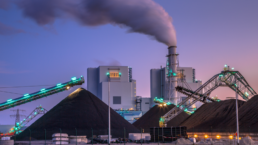
Or, as McConnell put it, Trump’s “categorical freeze of appropriated and obligated funds fundamentally undermines the distinct constitutional roles of each branch of our government.”
Oil and gas production hit record highs under former President Joe Biden, despite his talk of a decarbonized future. On the other hand, coal, accounting for 16 percent of the nation’s power production, is in steep decline.
Trump is aware of the economic decay in places such as West Virginia, where coal production dropped by 60 percent between 2008 and 2015 following President Barack Obama’s emissions regulations. That state, where “black gold” used to be a synonym for financial prosperity, was once a bastion for labor unions and the Democratic Party. Today, the Republican Party mines support from West Virginians by promising them a coal-powered future.
Earlier in my career as a climate and clean energy policy advocate, I traveled to the Mountain State to learn about its challenges amid the coal industry’s decline. In McDowell County, one of the state’s poorest areas, I spoke with three women over lunch at a nonprofit, where they worked in child care serving low-income families.
Recent Posts
The “President Of Peace” Prepares For War
December 23, 2025
Take Action Now The Donroe Doctrine Hits HomeBy William D. Hartung, Tom Dispatch Earlier this month, the Trump administration released its new…
“Who Are They Protecting?”: Rep. Ro Khanna Urges Contempt Charges Over AG Bondi’s Epstein Redactions
December 22, 2025
Take Action Now “The House can act unilaterally on contempt, and this will be introduced by Thomas Massie. What the resolution will say is that…
Dems Demand Answers as Trump Photo Disappears From DOJ Online Epstein Files
December 21, 2025
Take Action Now “What else is being covered up?”By Brett Wilkins, Common Dreams Congressional Democrats on Saturday pressed US Attorney General…
Elon Musk Is Vowing Utopia Driven by AI and Robotics. Bernie Sanders Has a Few Questions
December 20, 2025
Take Action Now “I look forward to hearing about how you and your other oligarch friends are going to provide working people with a magnificent life…

